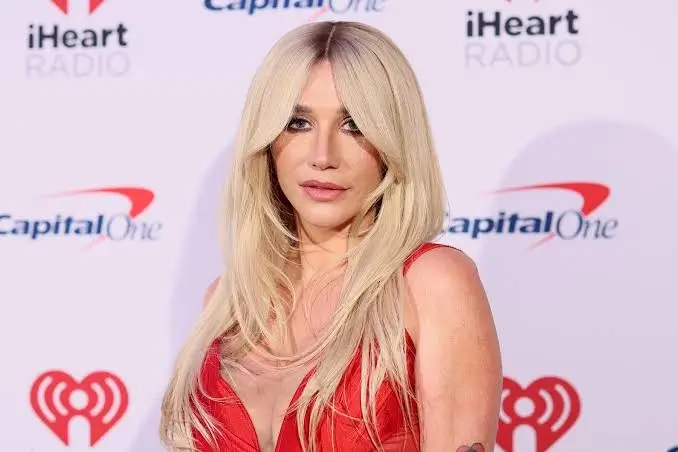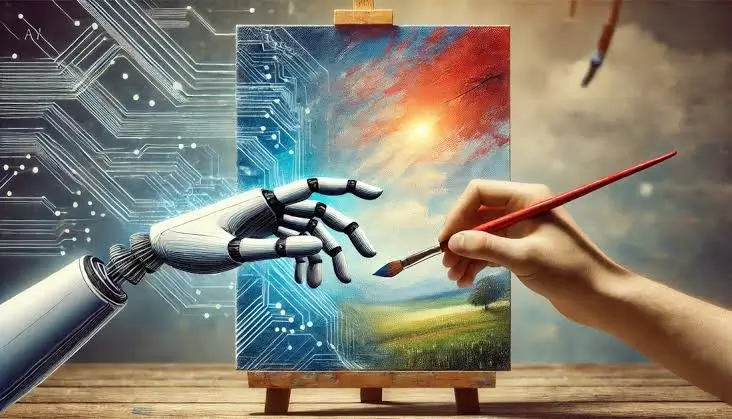Kesha has always been known for making bold artistic statements. But her recent cover art for the single Delusional has ignited more than just excitement—it’s sparked a fiery debate about the role of AI in music and creativity.
After unveiling the original artwork, fans were quick to raise eyebrows. Many pointed out that the image appeared to have been created using generative AI tools. This observation didn’t sit well with sections of her audience, especially creatives who are deeply concerned about the growing use of artificial intelligence in the arts.
Fans React to AI-Created Imagery
Almost instantly, Kesha’s comment sections filled with criticism. Fans and artists alike questioned the decision to use AI-generated art, calling it impersonal and disappointing. Some noted awkward visual details typical of AI tools—like the oddly rendered hands holding handbags—which only intensified suspicions.

Figure 1: Public Response to Alleged AI Artwork
At a time when human creativity is being challenged by rapid technological advancement, the reaction reflected a wider unease. Critics weren’t just reacting to Kesha’s artwork; they were responding to what it symbolised—a potentially slippery slope in the music and art industries.
Kesha’s Swift Response
True to her no-nonsense style, Kesha didn’t wait for the storm to pass. Within days, she unveiled a new version of the Delusional cover. This time, the visual looked more traditional and appeared to be crafted with a human touch.
She shared the updated artwork on social media, pairing it with a heartfelt caption. Without denying or confirming the AI allegations directly, Kesha acknowledged the criticism and made it clear she valued authentic artistic expression—something that has always defined her career.
Her response won back the support of many fans who appreciated the move. For them, it wasn’t just about the art—it was about integrity.

Figure 2: Kesha Updates ‘Delusional’ Cover After AI Criticism
A Flashpoint in the Creative Industry
The Delusional controversy isn’t just a Kesha issue. It highlights an ongoing conversation across the creative world: Where do we draw the line with AI in music, design, and storytelling?
Artists across industries are grappling with this question. On one hand, generative AI can offer speed, convenience, and experimentation. On the other, it risks devaluing human creativity, originality, and years of honed skill.
For many, AI can’t replicate the raw emotion and lived experience that artists pour into their work. Kesha’s fans seem to agree—especially those who felt the original artwork clashed with the vulnerability expressed in her lyrics.
Ethics, AI, and Artistic Ownership
The ethical concerns are real and growing louder. If an artwork is generated by a machine, who owns it? If AI learns from thousands of existing human-made images, does it cross ethical lines?
Kesha’s incident brings these questions to the forefront. It also puts pressure on artists, record labels, and marketing teams to think more consciously about their choices in this new digital landscape.

Figure 3: AI, Art, and the Question of Ownership
Kesha’s Creative Path Forward
Kesha is no stranger to reinvention. From glitter-drenched party anthems to deeply introspective ballads, she’s walked many artistic roads. This moment, however, could mark a new chapter—one where she becomes a louder voice in the discussion about AI’s role in art.
The Delusional update wasn’t just a visual change; it was a stand for creativity, authenticity, and respect for craft. In a world rushing towards automation, her decision may well be a call to pause and think before we outsource expression to code.
Conclusion
The Kesha Delusional artwork update might seem like a small episode in pop culture, but it carries weight. It reflects growing tensions between technology and tradition, progress and principles. As the music industry continues to experiment with AI, artists like Kesha remind us that at the heart of great music and art is something no machine can replicate—human soul.

